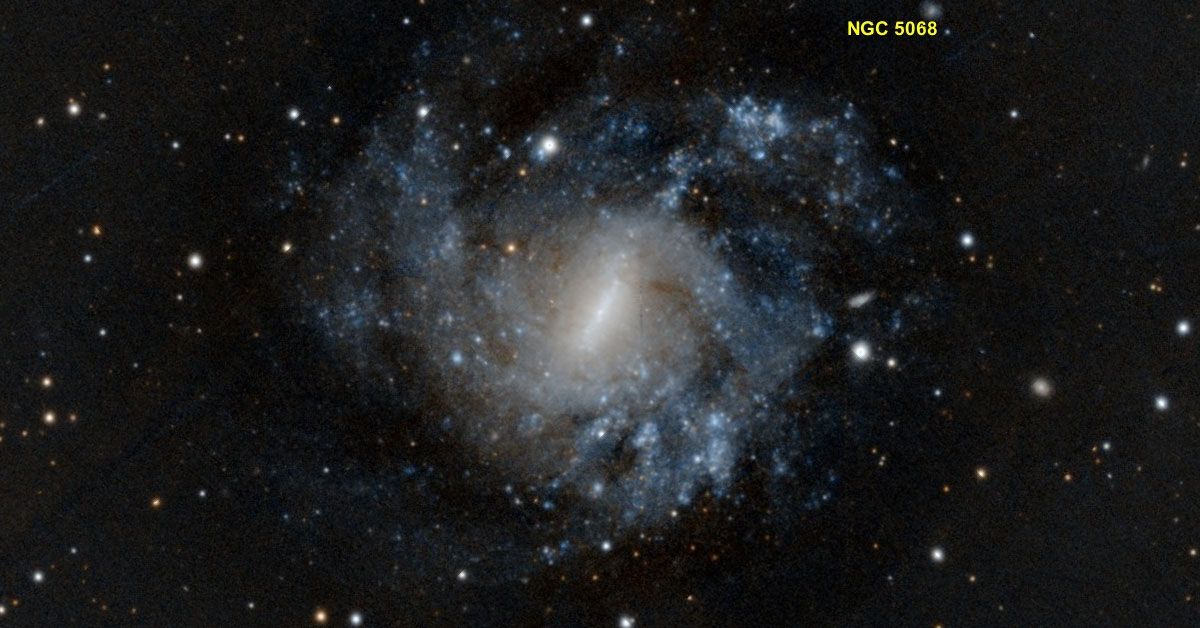Gaze with us into the cosmic abyss, where incredible celestial events unfold far beyond our earthly confines. The mighty Webb Space Telescope, NASA's latest eye on the universe, is our ticket for this journey. Webb recently delivered an astonishing gift from its unique vantage point, the first-ever close-up images of a barred spiral galaxy named NGC 5068.
These pictures, revealing a mesmerizing mix of star clusters, tendrils of gas, and a whitish bar of densely packed stars, give us a fresh, enlightening perspective on the universe. This breakthrough has been the talk of the town since NASA Administrator Bill Nelson revealed the image at an event in Warsaw, Poland.
But what does this stunning image of NGC 5068 mean for our understanding of galaxies and star formation?
Discovery of NGC 5068 Images
Imagine this: an intricate dance of technology and science, taking place 20 million light-years away in the cold void of space. This cosmic ballet resulted in a spectacular series of images of NGC 5068, a barred spiral galaxy. Webb Space Telescope, NASA's latest astronomical marvel, is the star performer in this act.
Armed with cutting-edge instruments known as MIRI and NIRCam, Webb managed to capture and relay these phenomenal images back to Earth. The role of these two instruments was crucial in this endeavor.
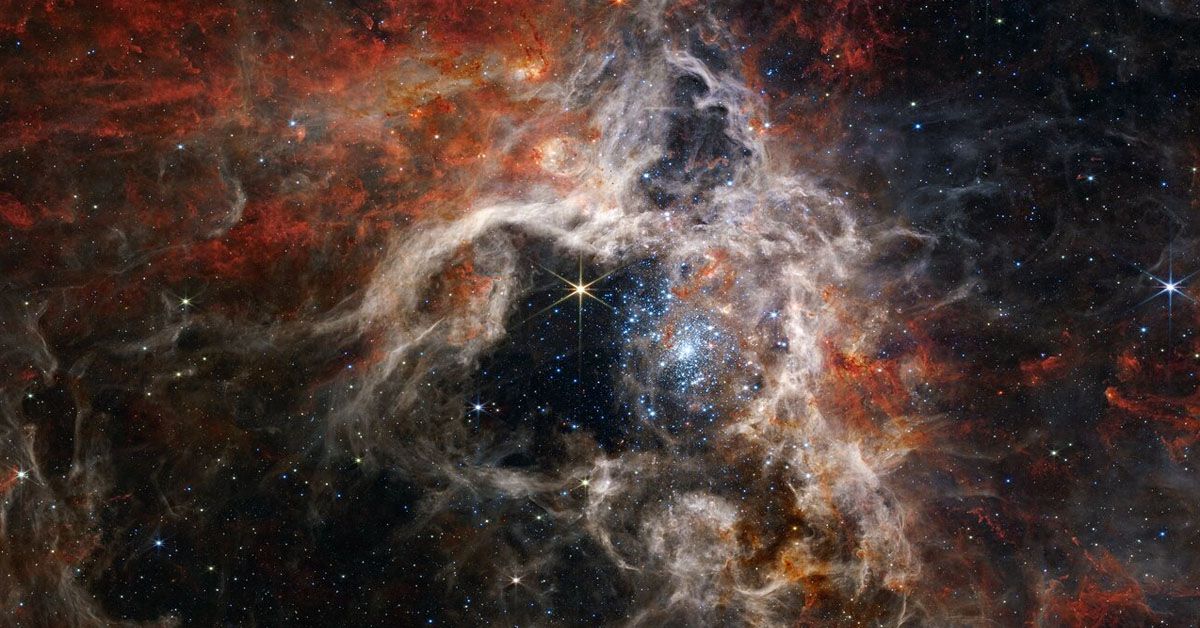
MIRI, short for Mid-Infrared Instrument, and NIRCam, standing for Near Infrared Camera, are the main eyes of the Webb Space Telescope. Their combined power allowed this space observatory to focus on NGC 5068, and peel back the layers of its cosmic beauty.
Now, let's talk about where this celestial spectacle, NGC 5068, is situated and what it looks like. Residing around 20 million light-years away from us, it dwells in the constellation of Virgo.
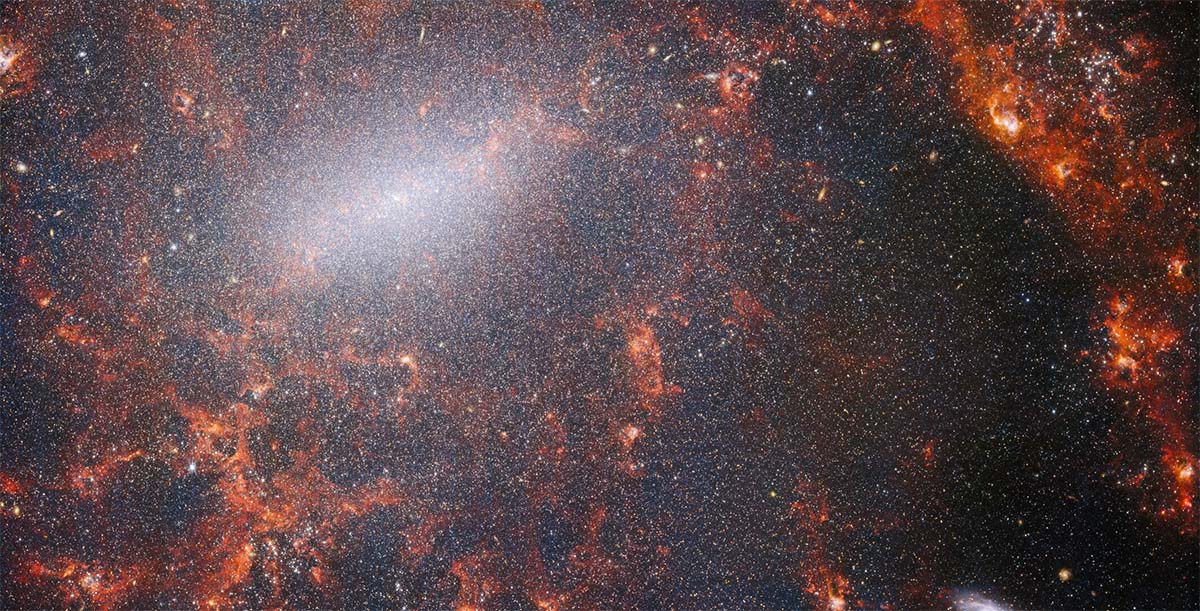
Let's move on to the look of NGC 5068. It's classified as a barred spiral galaxy, which means it has a central bar-shaped structure composed of stars. The Webb Space Telescope's images show us this bar, appearing as a concentrated, whitish streak.
Around this central bar, the galaxy's arms spiral outwards, forming a cosmic swirl. One of these arms was part of the captured images, showcasing an intricate network of stars, gas, and dust.
Deep Dive into the Images
Imagine having the power to see the universe as never before. That's exactly what the Webb Space Telescope offers us with its images of NGC 5068. Within these snapshots, we can observe a staggering amount of detail.
You see a shimmering bar at the core of the galaxy, crammed with a multitude of stars. A spiral arm of the galaxy is also visible, offering a glimpse of the galaxy's large-scale structure.
But the fun doesn't stop there. The image is an artist's palette of cosmic phenomena. You have a delicate tracery of dust, akin to cosmic lace, weaving across the canvas. Bright star clusters add splashes of brilliance to the scene.

And there are tendrils of gas, which are vital elements in the formation of new stars. All these elements come together to paint a vibrant, living portrait of NGC 5068.
While examining the pictures, scientists noted tiny blue-green-red dots. What might you guess those are?
The answer is asteroids, chunks of rock and metal that orbit the sun. Due to their relative proximity to our solar system, they seem much closer to the telescope than the distant NGC 5068, creating a kind of cosmic photobomb!
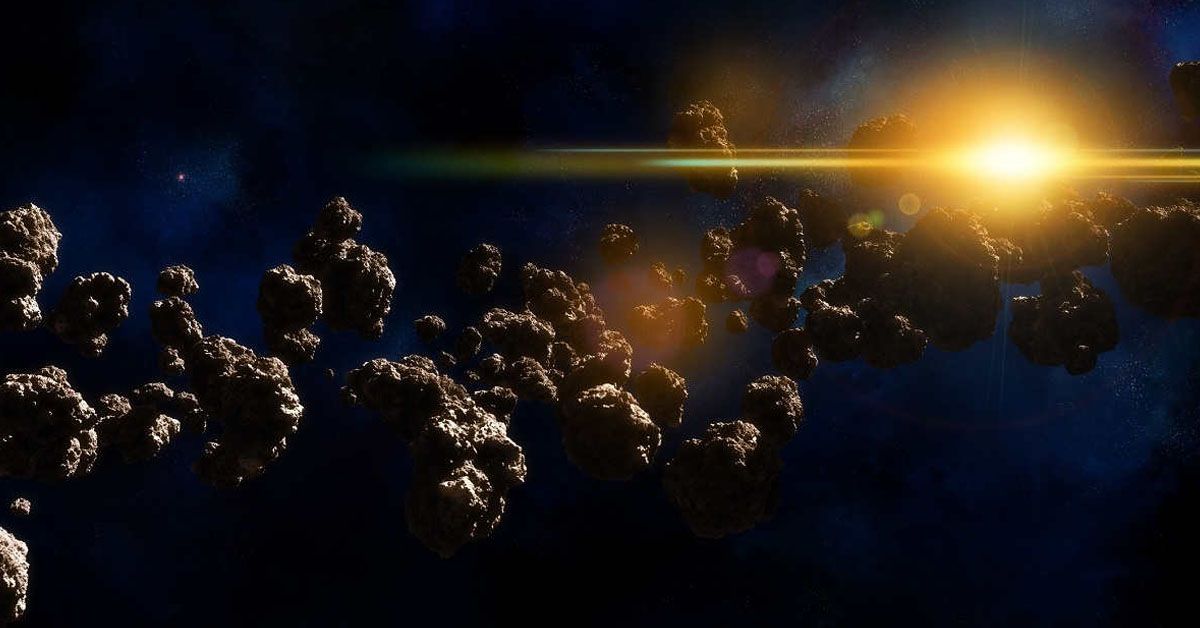
This unexpected appearance of asteroids adds another layer of fascination to Webb's stunning observations. It's like finding an unexpected secret message in an already intriguing mystery novel.
Star Formation in Nearby Galaxies
In our journey through the cosmos, we are not just looking to capture breathtaking images of galaxies. There's a larger mission at hand here - understanding the birth of stars. The image of NGC 5068 provides an exceptional view of its central star-forming regions, effectively becoming a gateway into the vibrant nursery of stars.
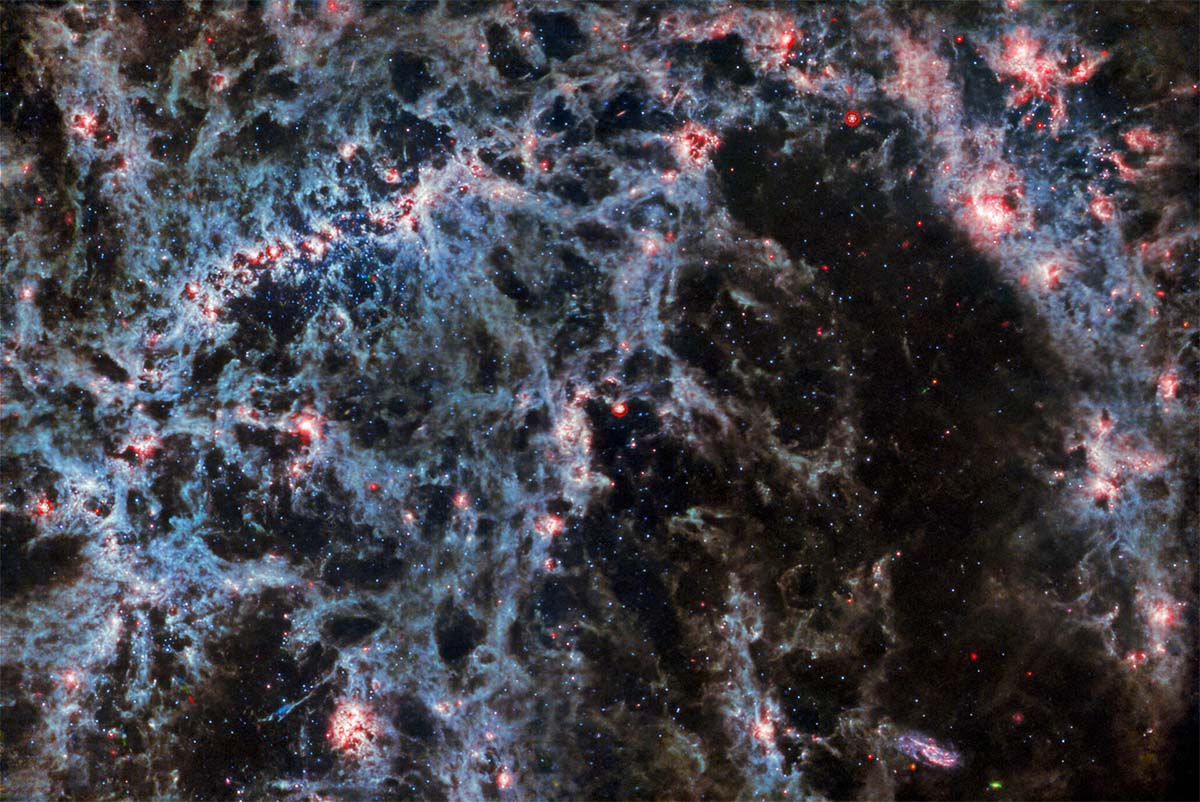
Every bright dot and every colorful swirl you see in the image of NGC 5068 holds a story about star formation. When we look at the bright, dense clouds of dust along the galaxy's spiral arms, we're actually seeing H II regions.

These areas are packed with hydrogen gas and serve as cosmic incubators where new stars come to life. They provide astronomers with crucial insights into the process of star formation, offering a chance to decode the mysteries of the universe.
Complementary Studies with Other Telescopes
The image of NGC 5068 doesn't exist in isolation. It's part of a broader tapestry of data collected from other observatories like Hubble, the Very Large Telescope (VLT), and the Atacama Large Millimeter/submillimeter Array (ALMA).
For instance, while Webb contributed images of 19 nearby star-forming galaxies, Hubble added its own compilation of 10,000 star clusters. VLT chimed in with spectroscopic mapping, and ALMA shared observations of dense molecular clouds.
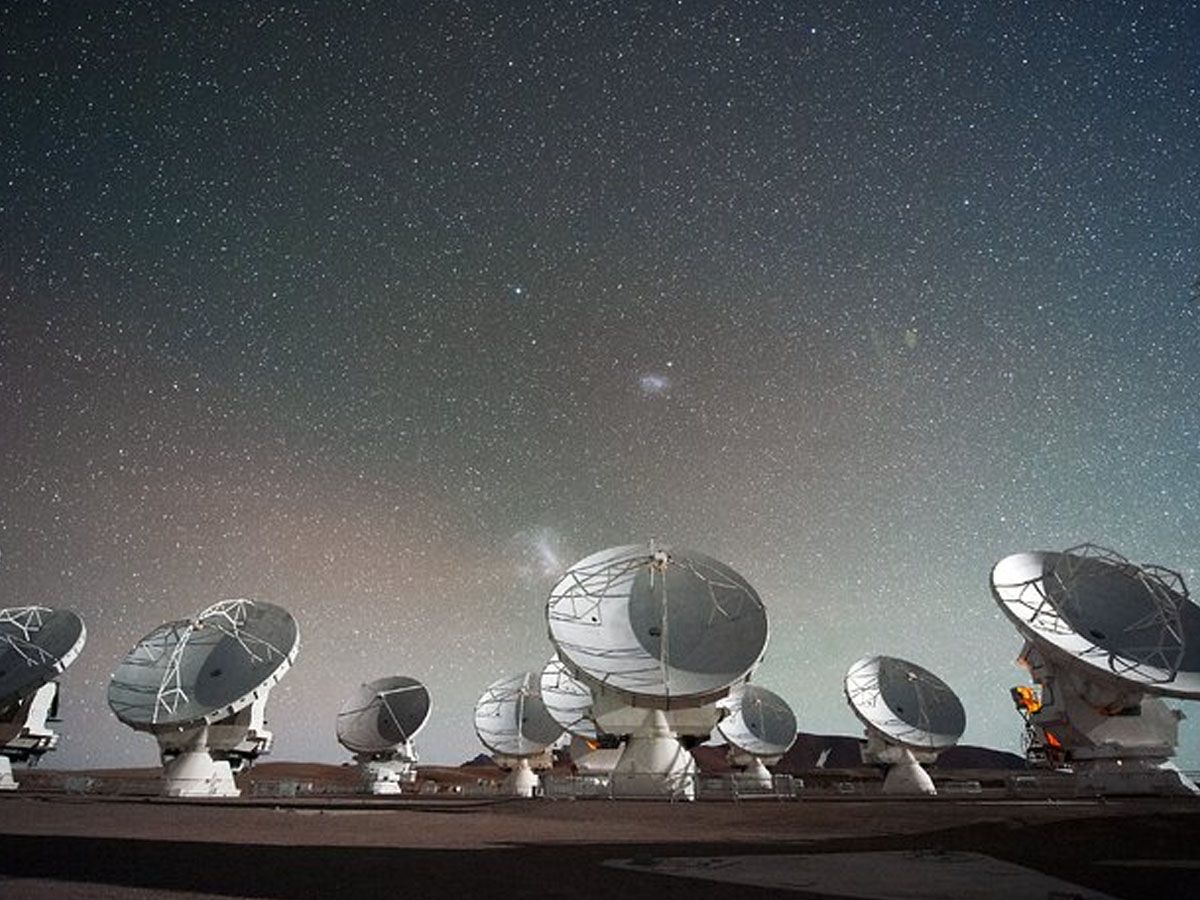
This collective data span the electromagnetic spectrum, providing a complete and detailed portrait of star formation.
New Discoveries from Webb's Observations
Finally, let's discuss some of the exciting revelations coming from Webb's observations. One of the most critical contributions is how infrared wavelengths, captured by Webb's instruments, reveal the composition of NGC 5068. Infrared light allows us to peek through the dust and gas surrounding newborn stars, thus offering an intimate view of star-forming processes.
The image of NGC 5068, which combines the capabilities of MIRI and NIRCam, offers a unique perspective on the galaxy's composition. What we see is not just an image, but a mosaic of data that helps us understand how galaxies evolve and how stars are born.
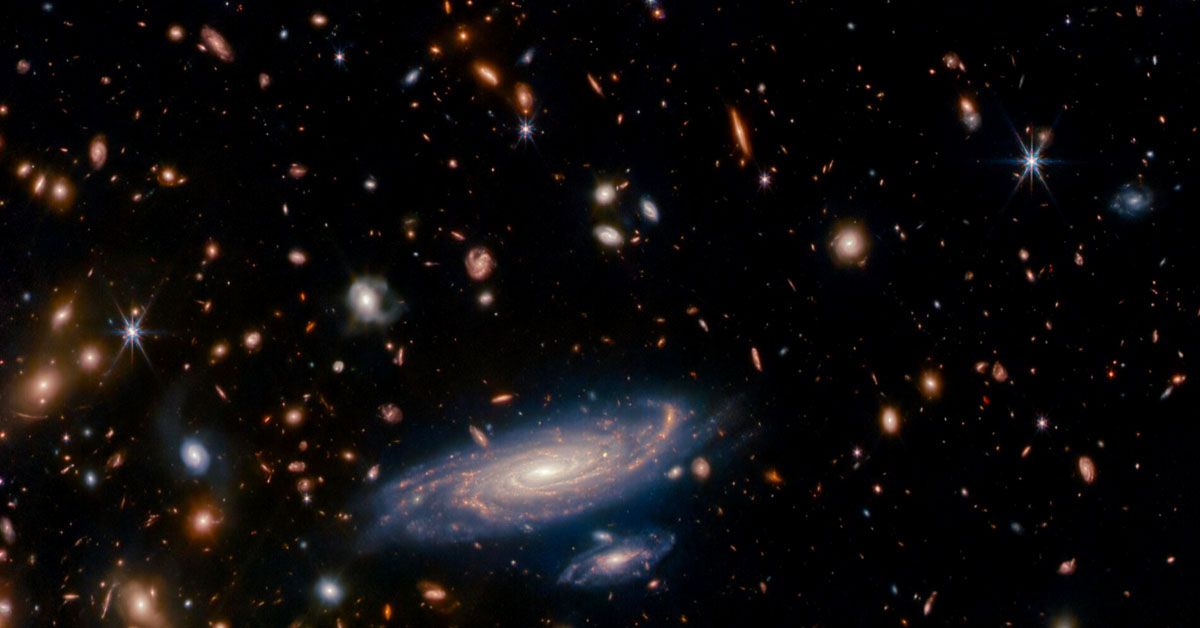
These findings underline the potential of Webb's future observations to illuminate the uncharted corners of the cosmos. With each new image and each piece of data, we come one step closer to answering some of the most profound questions about our universe.
